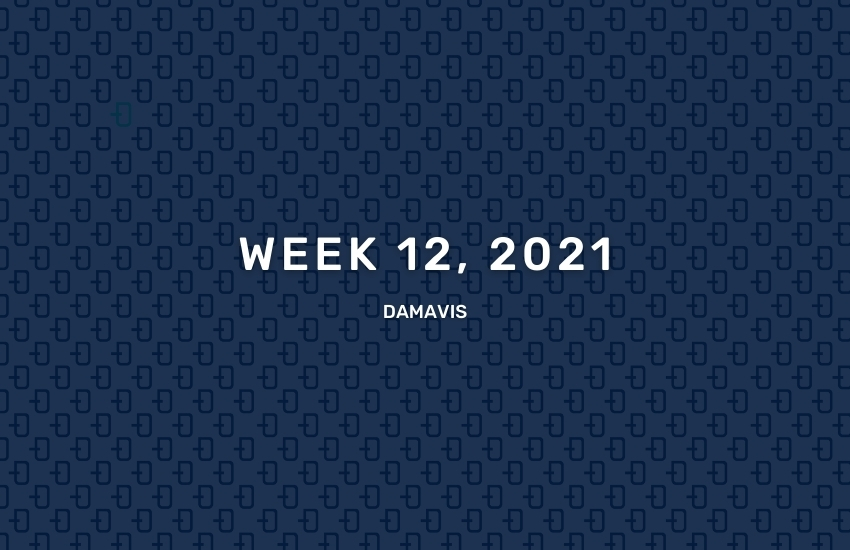Damavis Blog
New update on our blog by our Data Engineer Victor Prats about Aggregation Pipelines On MongoDB
MongoDB aggregation pipelines are powerful and and a prefered method of aggregating data. With built in optimization, pipelines ease computing results and only need the user to be mindful of a few optimizations clearly mentioned in their documentation.
MongoDB is a document oriented NOSQL open source database, which means that data does not necessarily have to follow a certain schema. This makes MongoDB an ideal candidate as a database for big data workloads as it ensures a better performance and partially gets rid of the worries created by enforced schemas or costly ALTER TABLE operations.
So, how do we query MongoDB?
How to make Big Data projects and survive to it
Are Big Data projects expensive? There is an unfounded belief in this issue, which limits many companies today.
It is typical to hear, “the aggregated data is enough… it is enough to have the summarized data of each day or of each fortnight“… but you have to take into account, that the detail of the information is very valuable and that the conversion of this to the amount of projects that the company can generate, should be considered an investment and not an expense.
An investment that is not necessarily expensive, if it is adapted to the needs of the company.
At Damavis we have projects in which we store tons of information daily, and our customers are not incurring any “expenditure” that they can not afford.
As long as you are aware of the power of the data you generate if you know how to listen to it, your project at Big Data will be a success.
We are confident that we can help you get the most out of data in your business.
Seen on Networks
During the week we share the most interesting news from the world of big data and artificial intelligence on our social networks: Twitter, Facebook, Instagram and Linkedin
Algorithm Selection
This guide will explain algorithm selection for machine learning. It introduces two powerful mechanisms in modern algorithms: regularization and ensembles. As you’ll see, these mechanisms “fix” some fatal flaws in older methods, which has lead to their popularity.
Music in Python
Signal Processing in Musical Terms and Music Theory Visualization. With a few lines of code using Numpy and Scipy, one can easily analyze sound even if you don’t have trained musician ears and perfect pitch.
You can read the complete article on Music in Python.
2021 Trends in Data Science
Data science will increasingly prioritize integrating the entire spectrum of data and AI methods, including aspects of its statistical and knowledge base, into daily deployments across the enterprise. Utilizing the full range of techniques and information at the disposal of data scientists will substantially improve feature generation, data preparation, and explainability.
Read the complete article in 2021 Trends in Data Science: The Entire AI Spectrum
So this was the summary of week 12 of this 2021. See you in networks!
Att, Damavis

